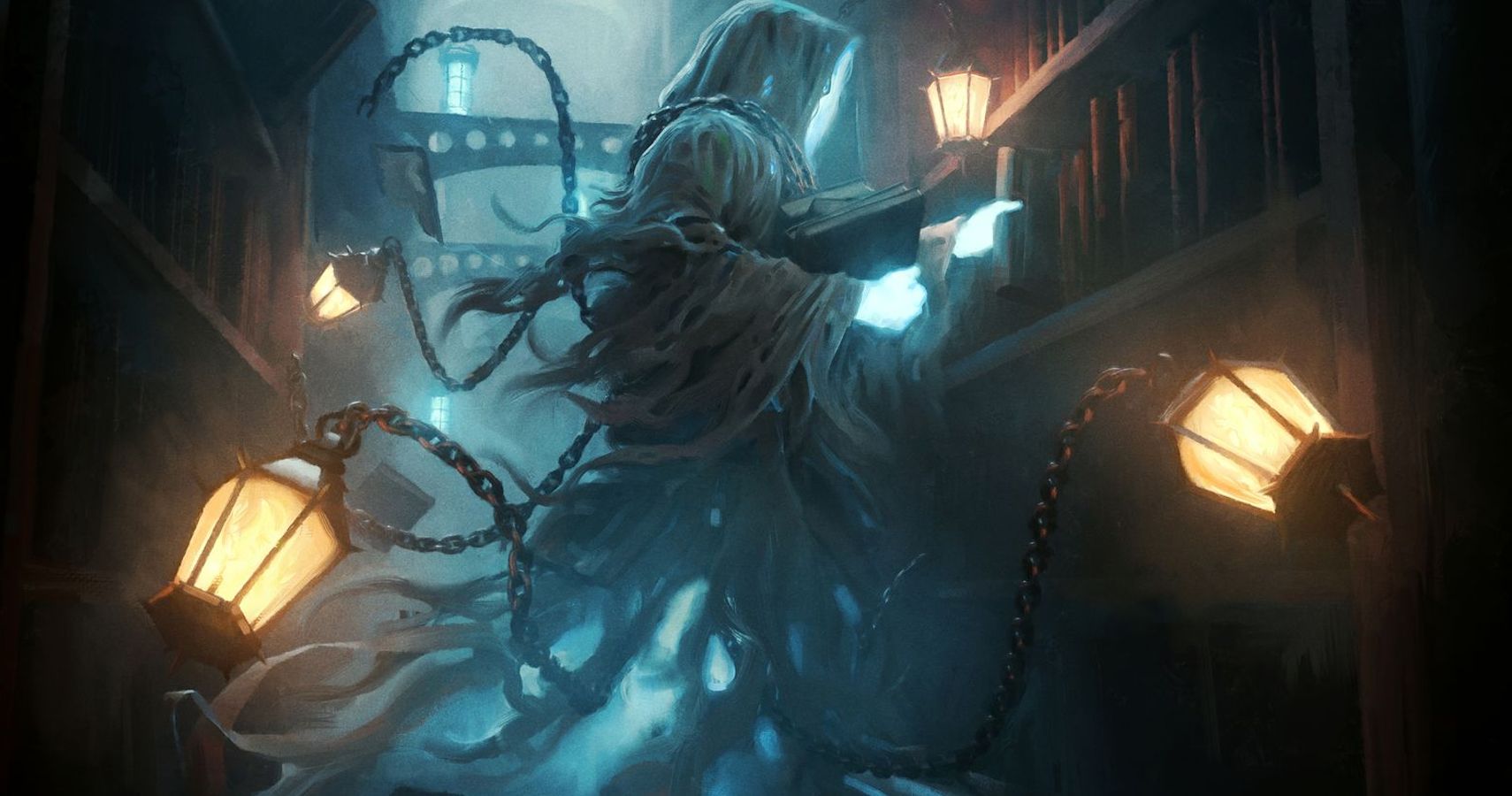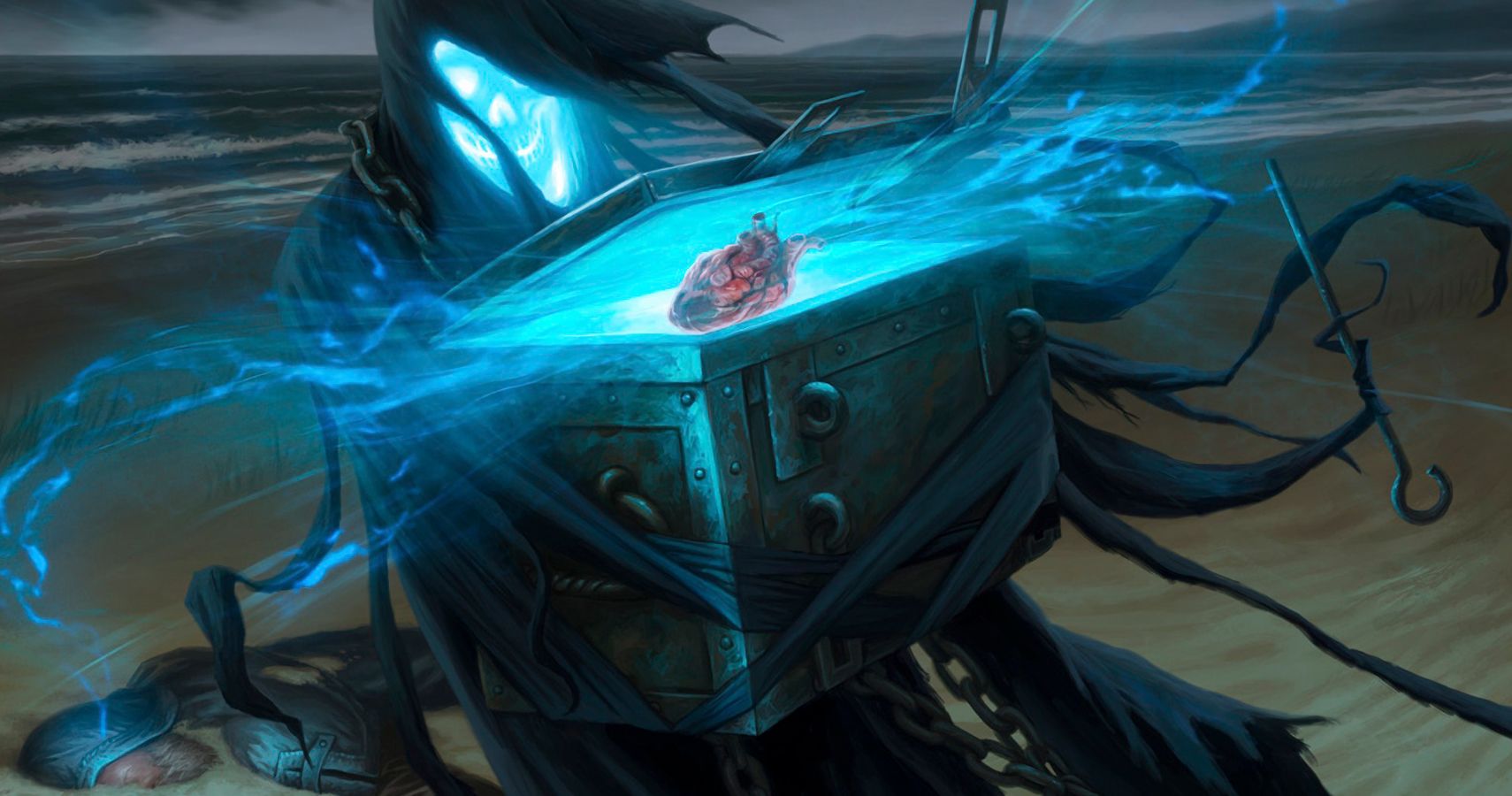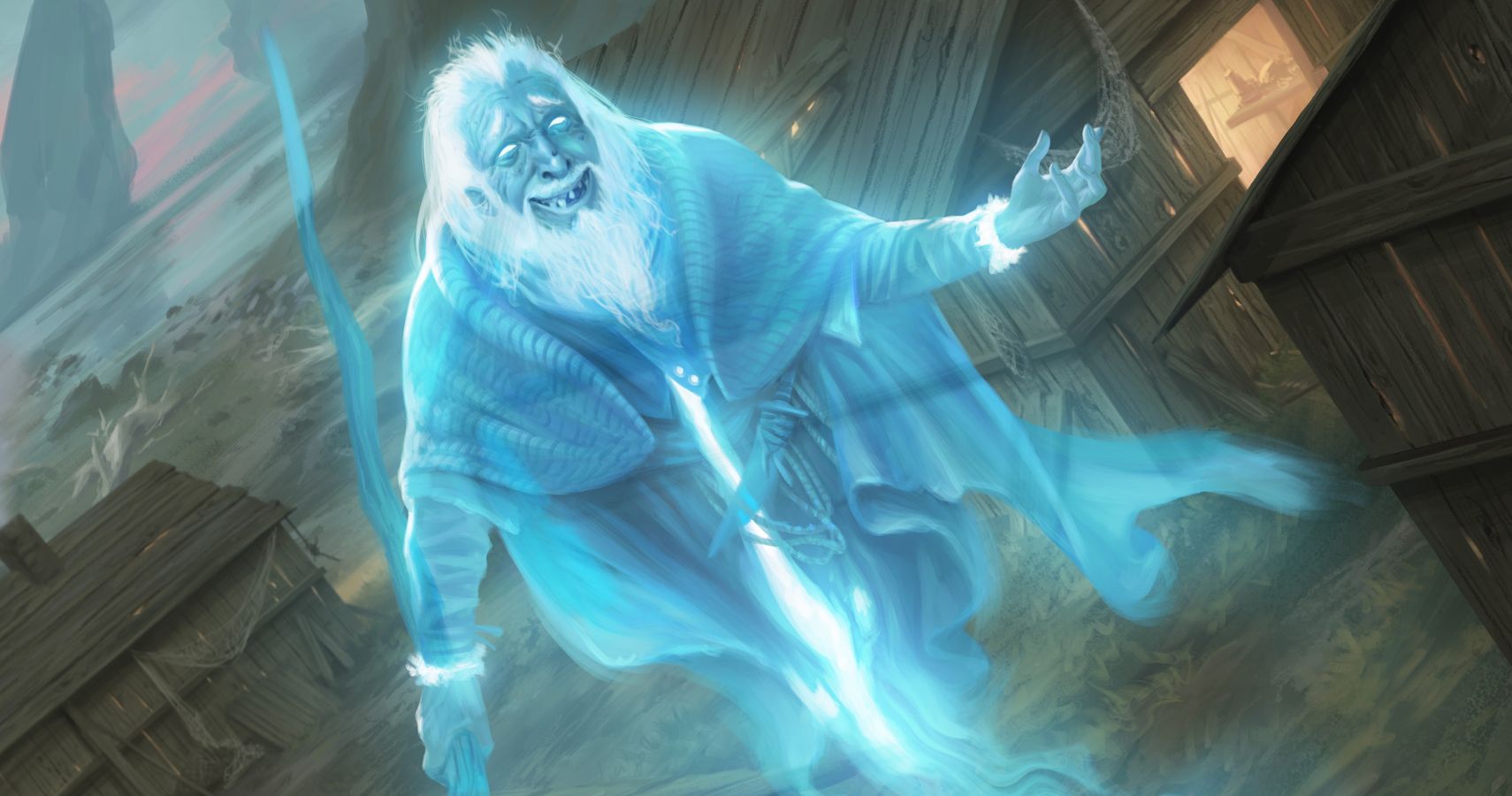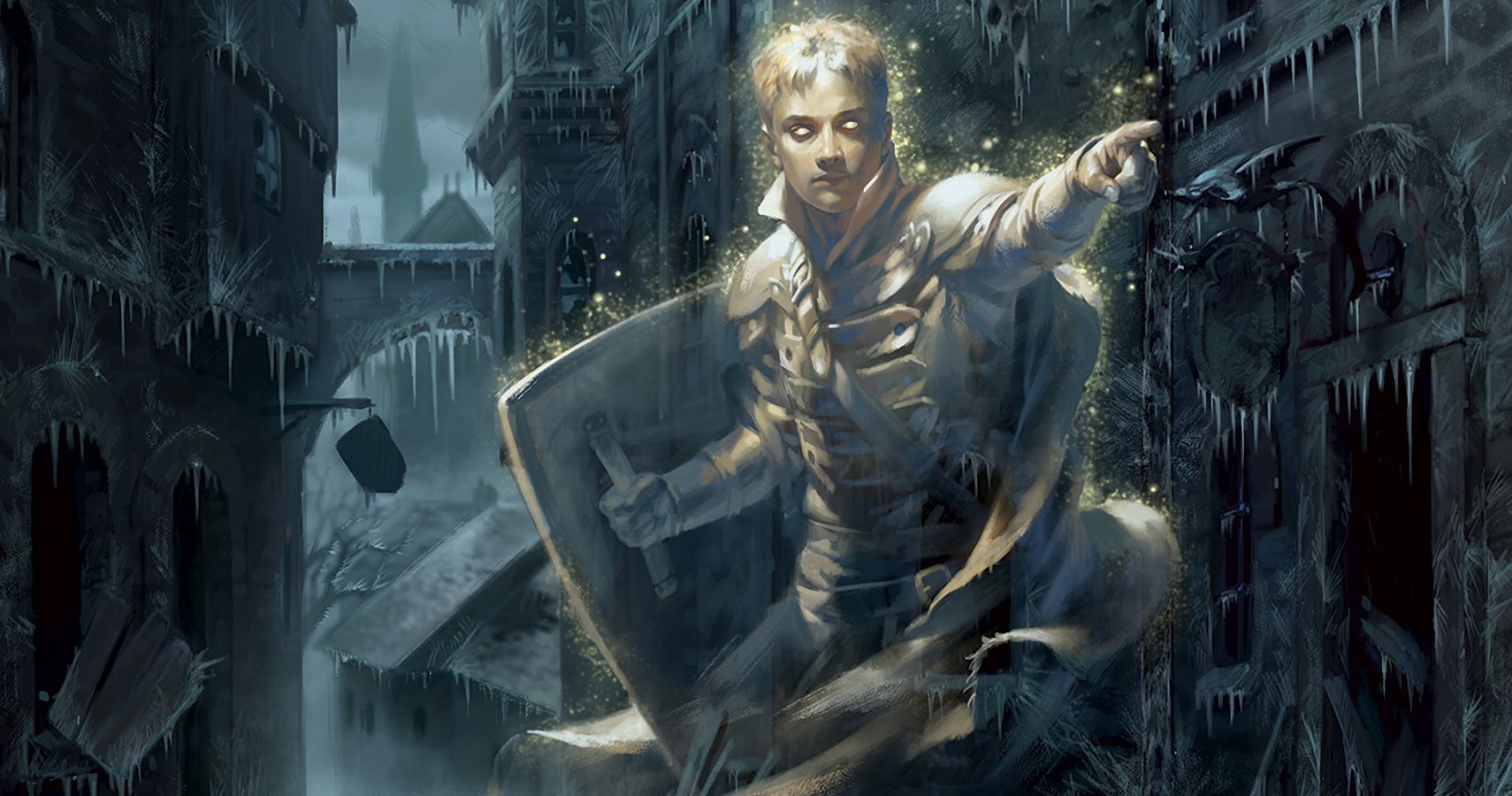On Innistrad, things don't stay dead for long. Demons and angels reform, zombies rise from their graves, and spirits can continue to roam long after their bodies have rotted away. One of the newest Magic The Gathering mechanics, introduced in Innistrad: Midnight Hunt, touches upon this, with Disturb giving life after death to your creatures.
Disturb is a fun mechanic full of potential, and features some of the most flavourful cards in the whole of Midnight Hunt. Here is everything you need to know about Disturb.
What Is Disturb?
Disturb is an ability that offers an alternative casting cost for the creature, but only when it's in your graveyard. Once the Disturb cost has been paid, the creature won't simply return to the battlefield, it will return and transform at the same time.
Creatures that can transform are special in that they have two faces. When it transforms, it flips from one side to the other, often gaining new stats and abilities at the same time. With Disturb creatures, they may enter the graveyard as a Human or a Hippogriff, but all come back as a Spirit.
In Innistrad: Crimson Vow, Disturb works the exact same way, but with a slight difference in that the reverse side of the card is an Enchantment Aura instead of a Spirit creature. When cast from the graveyard, you have to target a currently-out creature with it.
The catch with Disturb is that, once the creature has been Disturbed, it can no longer be placed into the graveyard. If it does so, it is instead exiled – signifying the spirit has been exorcised and has moved on to a better (or worse) place – and removed from play entirely.
How To Use Disturb
To make the most of Disturb, you'll want to find easy ways to get the creature into your graveyard in the first place. Either using them as blockers or sacrificial lambs on the battlefield, or 'milling' them (putting cards from the top of your library straight into your graveyard) for a more direct approach.
There are lots of cards that like it when you play cards from your graveyard, such as Sage of the Beyond, Ominous Roost, Patrician Geist and Syr Konrad the Grim.
Disturb cards have some really powerful abilities to make up for their exiling downside. Dennick, Pious Apprentice can prevent opponents from targeting cards in your graveyard while alive, before helping you draw cards with his Disturbed form, Dennick, Pious Apparition. Malevolent Hermit's transformed form, Benevolent Geist, is particularly good, as it stops noncreature spells you cast from being countered. Chapel Shieldgeist gives each creature you control Ward 1 (meaning an opponent has to pay one mana when targeting a creature you control, or else the spell or ability is countered) for an extra touch of protection.
What Colour Is Disturb?
All of Magic's mechanics tend to gravitate to a few of Magic's five colours. In Disturb's case, most of its cards fall under the Azorius colours of white and blue. This is consistent with spirit creatures we've seen in other sets, like Kaldheim, where they've appeared under the same colours.
As of Innistrad: Crimson Vow, and counting cards that mention Disturb but don't actually have the ability themselves (like Thraben Exorcism and Phantom Carriage), there are 13 blue cards, 11 white, and four blue and white. Curiously, there is also a single black Disturb card, Covert Cutpurse.




